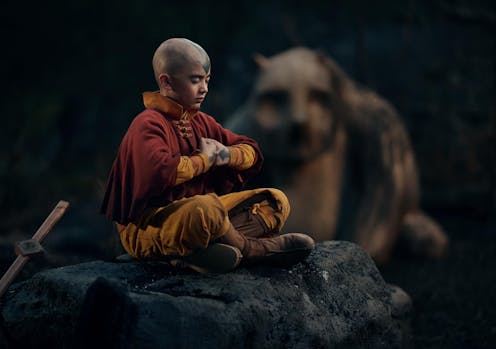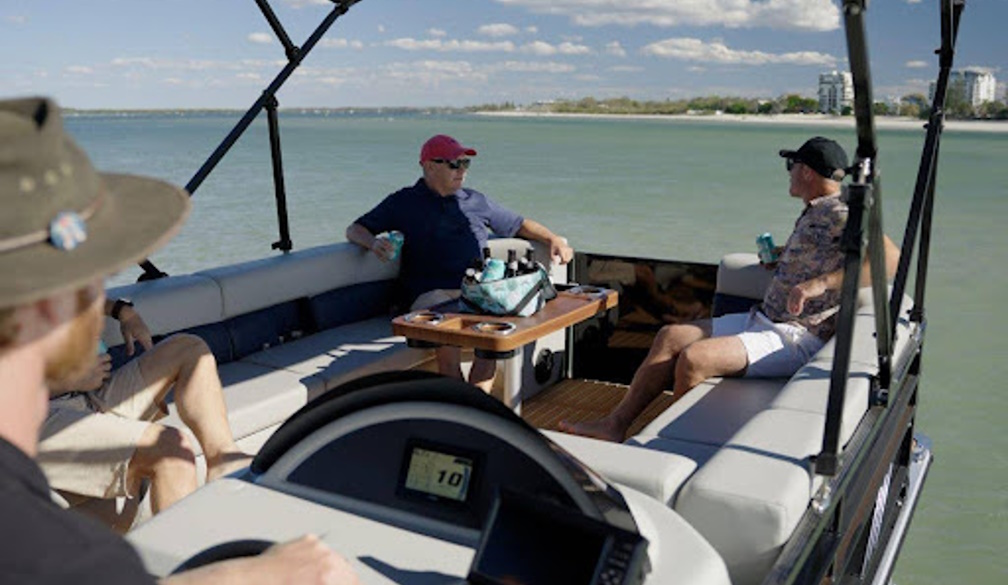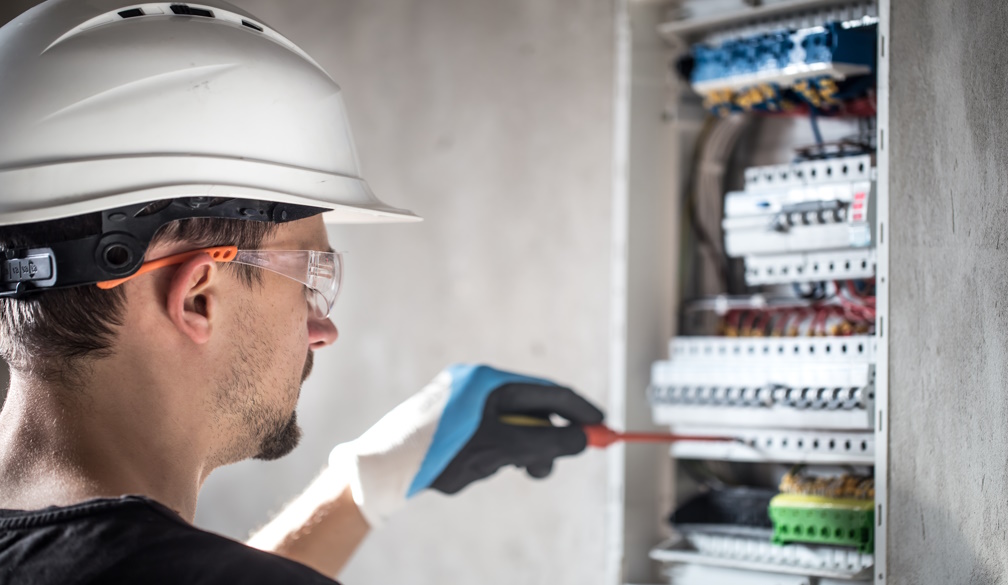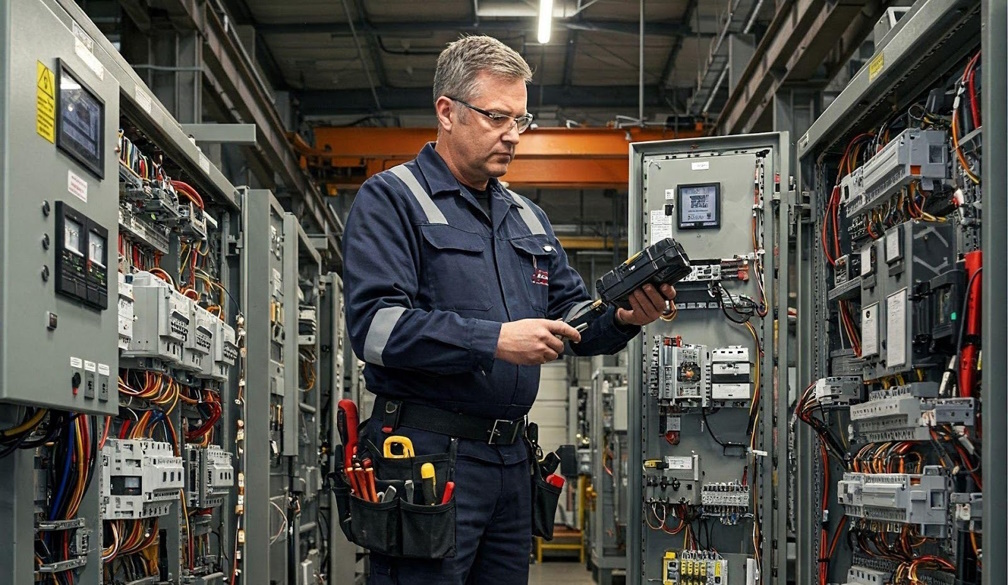Anime live-action adaptations are often hated by (Western) fans. But are they being too harsh?
- Written by Emerald L King, Lecturer in Humanities, University of Tasmania

Between Netflix’s 2023 live-action version of One Piece, and its latest take on Avatar: The Last Airbender, fans are once again asking: why are live-action anime adaptations so tricky to get right?
Despite the ongoing debate about whether Avatar (2005–08) is indeed an “anime” (since it’s made by US creators), the series has nonetheless gone down as a favourite among Western anime fans.
Netflix’s new rendition has been rated highly by fans and critics alike. Viewers have flocked online to share their opinions on everything from the casting choices, to the sets and costumes, to changes in the story.
But while this is being praised, that makes it an outlier in live-action anime adaptations. What is it about such adaptations that leads to them being so closely scrutinised? And why are they so often met with disappointment?
‘Anime’ is evolving
Before the original Avatar came out, defining “anime” or “Japanimation” was straightforward. Anime were cartoons made in Japan, often based on manga or Japanese comics.
However, Japanese studios are outsourcing more and more of their background and scenery animation to studios in South Korea and South-East Asia, creating only the main character animation in house. As such, anime purists – who often seem to be Western viewers – may argue the above definition is no longer sufficient. (It’s also helpful to remember that in Japanese, “anime” refers to all animated material, regardless of country of origin.)
Avatar has been noted for its anime-inspired themes and action, and for laying the path for other US-made series such as Voltron (2016–18) and She-Ra and the Princesses of Power (2018–20). Both of these shows mix 1980s nostalgia with 2010s storytelling and a hybrid animation style. While they may not technically be considered anime, depending on whom you ask, the overlap can’t be ignored.
Successful cases
One successful anime live-action adaptation is the 2008 film Speed Racer, adapted from the 1967–68 anime of the same name. Directed by the Wachowskis, the film has become a camp classic. It uses the same comic book-style special effects developed for The Matrix franchise, which itself was inspired by anime and manga, and particularly Mamoru Oshii’s 1995 film Ghost in the Shell.
A more recent success was Netflix’s adaptation of One Piece. This show has arguably rewritten the rules of live-action anime adaptations by blending original anime and manga story lines with a diverse cast of talented young actors.
Through a mix of expert writing, costuming, characterisation and visual effects, the essence of the long-running manga and anime series is retained for a new audience. The story of a boy who dreams of becoming king of the pirates – published over some 25 years – is distilled into a fast-paced series portrayed through childhood flashbacks and wacky hijinks.
Upon seeing the cast, original One Piece author and creator Oda Eiichiro said they were perfect:
It’s like you’re watching the Straw Hats in real life.
Notable failures
So, does the opinion of the original creator determine the success of an adaptation?
Certainly it may if we consider 2009’s infamous film Dragon Ball: Evolution. This US remake, rated 2.5/10 on IMDB, was widely criticised for its lacklustre production and “whitewashing”.
It was such a failure it inspired Dragon Ball creator Toriyama Akira, who passed away on March 1, to return to the franchise after a 15-year hiatus. Toriyama felt the film didn’t capture the “world” or the “characteristics” of the series.
Similarly, the 2017 live-action Ghost in the Shell was heavily criticised for its casting of Scarlett Johansson as the Major, with fans saying she should have been played by a Japanese actor.
In the various Ghost in the Shell anime, films and manga, the Major is an augmented cyborg whose original identity is never revealed. Indeed, the search for some kind of connection or identity forms part of her character. Johansson’s casting should therefore technically not be an issue. Mamoru Oshii himself said there was “no basis” for an “Asian actress” to play the role.
That said, the 2017 film was ultimately too clever for its own good as the final twist reveals the Major is a … Japanese woman in a white woman’s body.
An adaptation problem, or a fan problem?
Besides issues of whitewashing, what makes anime adaptations so different to other adaptations that miss the mark?
For instance, the Marvel films – adapted from the original superhero comics – have delivered hits alongside horrible flops. Yet, one could argue the flops didn’t attract quite as much fan fury as many botched anime adaptations do.
It may be anime live-action adaptations actually aren’t that bad when judged independently, but that the change in medium and language, and the impossible task of casting humans as anime characters, is what sets fans’ collective teeth on edge.
So much of anime’s magic lies in the creativity and imagination of the animators who, given how flexible their medium is, build massive fantasy worlds brimming with the impossible. Currently, no amount of CGI can perfectly replicate anime world-building.
There’s also the issue of condensing anime narratives for live action. Whereas anime made for Japanese audiences can have hundreds or even thousands of episodes, US-made live-action versions tend to have much shorter seasons due to time and budget constraints.
This means creators have to scrap and condense much of the original content. But while these scrapped scenes might be considered “filler” to them, they likely hold a lot of value in fans’ eyes, and contribute to making the original anime so compelling.
Japanese versus Western audiences
There have been a number of incredibly successful Japanese-language anime and manga live-action adaptations. Some of these have been faithful to the original series, such as Ruroni Kenshin (2012-21). Others such as Nana (2005) play with the source material to create new stories.
Anime fans in Japan arguably aren’t as offended by slightly off-kilter adaptations as Western anime audiences often are. Perhaps this is because they’ve been raised on franchises where the same characters appear over and over in different shows, with a different backstory each time.
One example is manga artist Tezuka Osamu’s “star system”. Throughout his career, Tezuka has reused the same character designs and names across different series. The character of Shunsaku Ban, for instance, appears as a detective in Metropolis and as Astro Boy’s teacher in Astro Boy.
These disparate versions exist simultaneously, and fans are free to pick their favourites and ignore the others. It’ll be interesting to see whether this approach is eventually embraced in adaptations made for Western audiences.
Authors: Emerald L King, Lecturer in Humanities, University of Tasmania



















